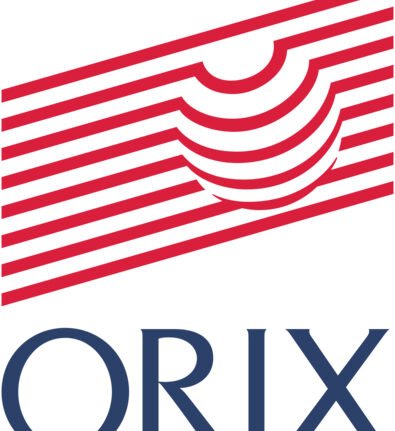The tussle between breaking copyright and enforcing it has long existed before the advent of AI. However, it may have become worse without guardrails, as AI services take over the digital world.
There are various privacy and copyright laws worldwide, but none specifically address how AI utilises copyrighted content. Whether it should store the data, check for copyrights, or not care about copyrights at all.
Current frameworks, such as the GDPR or India’s DPDP Act, are useful for safeguarding personal data. But when it comes to intellectual property, Rishi Agarwal, co-founder and CEO of TeamLease Regtech, told AIM, “I don’t think GDPR, DPDP or any one of these laws are primed to deal with issues of this nature.”
From Piracy to Payment
There’s a precedent for industries disrupted by technology to fight back, not by banning innovation but by monetising it. Two decades ago, the music business did exactly that by embracing iTunes. Now, as large language models (LLMs) recreate or consume books, articles, reviews and more in seconds, Agarwal argues that generative AI needs a similar transformation to respect copyright without stifling progress.
Agarwal believes the issue is urgent but solvable. “An author takes five years to publish a book. ChatGPT takes under one second to read it and another second to start responding to questions,” he said. “What is the royalty that the author got as a result of this?”
The music industry once faced a similar existential threat. Peer-to-peer downloads hollowed out revenues until a paid, frictionless model came along. “That’s why iTunes happened,” said Agarwal.
He believes Steve Jobs started iTunes with the idea that he was not violating copyright, stating that he would offer a song for $1 or similar, with the producer receiving a percentage and Apple taking a fair commission.
The same logic, he believes, can apply to AI-generated content. Instead of blocking access, let publishers register content with a platform. When an LLM references it to answer a prompt, a microtransaction gets triggered. Once the user agrees to pay, a deduction is made from their existing credit: six rupees are allocated to the author, two rupees to the platform, and the user gains access to the material.
In theory, nothing stops OpenAI, Anthropic, or Mistral from offering such a model. “Go to HarperCollins or Random House (publishers) and ask them to give all of their books,” Agarwal said. And then there’s a payment plan every time the models use their books. It’s that simple.
This isn’t just about books. The same principle, he argues, can be extended to newspapers, music, graphics, and even poetry. LLMs aren’t stealing intentionally, but by recreating works trained on proprietary data, they bypass existing compensation channels.
Monetisation is More Time-Saving Than Lawsuits
Meanwhile, copyright lawsuits continue to emerge, from The New York Times suing OpenAI to the Delhi High Court probing whether ChatGPT used ANI’s content without permission. Agarwal views these as symptoms of a broken model, rather than a solution. “Lawsuits are expensive,” he warned. “They’re symbolic of a larger problem brewing.”
He believes a subscription-advertisement hybrid, similar to YouTube or Spotify, could offer a way forward. “YouTube has figured out a way… I can become a publisher, and depending on how many views happen to my content, YouTube has a way of paying me back.”
So far, LLM platforms have been focused on scale, not structure. But as compute costs rise and free users expect richer responses, monetisation models will inevitably emerge. “The day is not far when this $20 ChatGPT premium becomes $30 or $50,” said Agarwal.
“The question is, will OpenAI make the money? Or will it become a platform, which will make money and share a portion of the spoils and kill with the publishers?”
At the same time, Agarwal cautions against over-regulating too soon. “If you try and do it too prematurely, the technology will not get to a critical path… and you’ll end up killing it,” he said. “But over a period of time, this is going to be the natural direction.”
For now, the burden lies with platforms to implement a system that allows publishers to freely make their content available and establish a pricing model that rewards them.
As Agarwal puts it, “Only those models where all the stakeholders get a fair share of the pie will work in the long term.”







